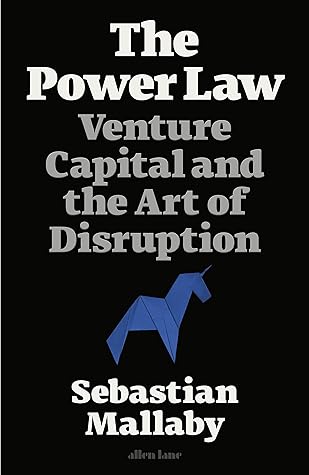More on this book
Community
Kindle Notes & Highlights
In India, for example, Sequoia told itself it would repeat the China formula of trusting local partners: Moritz and Leone duly raised $700 million in dedicated India/Southeast Asia funds and handed the keys to a team of four Indians hired from an outfit called WestBridge Capital.
But after five years the relationship broke down. Deciding that India was unripe for early-stage venture, the WestBridge quartet proposed to pivot into public equities. When Sequoia objected, the WestBridgers responded by spinning themselves out with the help of one of Sequoia’s limited partners.
Following the a16z model, he hired operational consultants to advise startups on sales, marketing, and recruitment, gradually building a team of more than thirty people; given that Sequoia Capital’s Sand Hill Road headquarters had an investment staff of around two dozen and a total head count of seventy-five, this was a sizable expansion.
In the decade to January 1, 2020, Morgan Stanley and Goldman Sachs saw their stock prices rise 77 percent and 36 percent, respectively. Meanwhile, the S&P 500 index rose by 189 percent, and technology giants soared. Apple was up 928 percent.
At one point during his negotiations with Benchmark, Neumann asked for a preposterously high valuation. “You only have three buildings,” Dunlevie objected. “What do you mean?” Neumann shot back. “I have hundreds of buildings. They’re just not built yet.”
The result was the opposite of the strong incremental margins that Tiger Global prized: with each additional $1 million in revenues, WeWork’s losses grew by more than $1 million. In 2015, for example, the company more than doubled its sales. Meanwhile, its losses tripled.
“There is at least one difference between Kim Jong-Un and Masayoshi Son,” Moritz wrote to his top colleagues, referring to North Korea’s missile-wielding dictator. “The former has ICBMs that he lobs in the air while the latter doesn’t hesitate to use his new arsenal to obliterate the hard-earned returns of venture and growth-equity firms.”
The two climbed into the back of a limo, and Son began to peck at his iPad. Presently, he handed Neumann the result: a proposal for a SoftBank investment in WeWork of $4.4 billion. It was an astonishing amount, more than Benchmark had raised in its entire twenty-two-year history.
started. He certainly fitted the culture: In hiring Gurley, the incumbent Benchmarkers were picking someone who resembled them, just more so. The original Benchmarkers were all more than six feet tall. Gurley stood high as a door frame, six feet nine inches. The original Benchmarkers thought of themselves as the Chicago Bulls. Gurley had won a Division I basketball scholarship. The original Benchmarkers were competitive, intellectually and physically, and when they discussed Gurley before inviting him to join, they saw those same qualities.
Critics complained of price gouging. But Kalanick stuck with the policy. “Travis is a real entrepreneur,” Amazon’s Jeff Bezos remarked approvingly to Gurley. “Why do you say that?” Gurley asked. “Because he didn’t cave on this.”39
Uber lobbied the California Public Utilities Commission to shut down its rival, pointing out that its own professional black-car drivers were properly licensed.49 But when the California regulators gave Lyft the green light, Kalanick did not wait. He counterpunched with UberX, his own amateur-driver service.
In October 2014 a Valley commentator named Sarah Lacy called Kalanick out for promoting a misogynistic “bro” culture: the founder had joked that his company should be called “Boober” because it boosted his success with women.
In April 2016, Gurley published a second blockbuster critique of unicorns. This time he homed in on a particular threat: because of those liquidation preferences, late-stage unicorn investors had destructive incentives.


